Heiligenbeil
In September 1944, the Stutthof commandant SS-Sturmbannführer Werner Hoppe established five satellite camps in western East Prussia. The purpose of the camps was to use the prisoners as slave workers in the construction of airfields. One of the camps was established just outside Heiligenbeil (now Mamonovo), in a small village called Steindorf (now Vavilovo). The camp consisted of about twenty substandard barracks with about 1200 Jewish prisoners, about 1100 were women from Poland and Hungary and about 100 were Lithuanian men. The main task of the prisoners was to build a road to a nearby airfield. The prisoners was subjected to all kinds of mistreatment, inadequate food, lack of medicine and extreme weather conditions.
When the Soviets launched a massive offensive against East Prussia in January 1945, the camp began to be dismantled. SS evacuated about 1,100 prisoners who were sent on a death march towards Königsberg, about fifty kilometres east. The prisoners arrived in Königsberg after a few days and were locked up in a factory. After a few more days, the prisoners, along with other prisoners from the other four camps, were sent on a new Death march, this time towards Palmnicken. Thousands died on the way while the remaining were murdered on 31 January 1945 at the shores of Palmnicken.
Current status: Demolished with monument (2013).
Location: 54°29'00'' N 19°57'00'' E
Get there: Car.
Follow up in books: Kogon, Eugen: The Theory and Practice of Hell: The German Concentration Camps and the System Behind Them (2006).
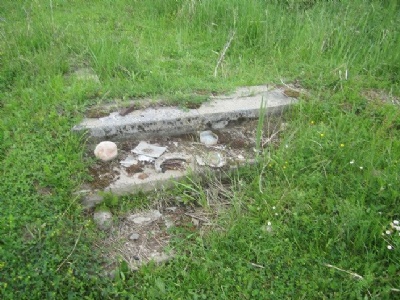
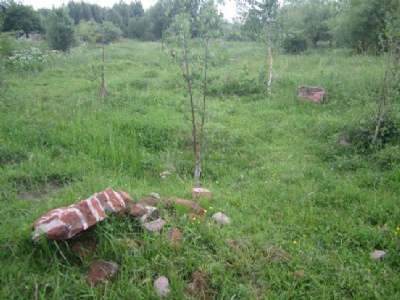
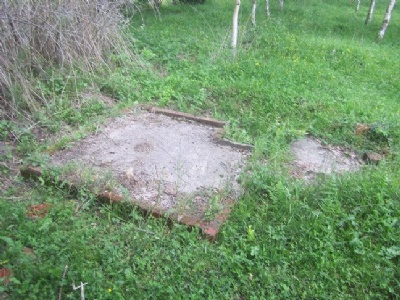
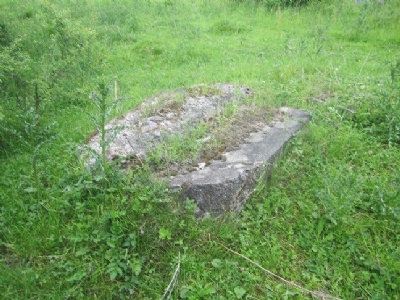
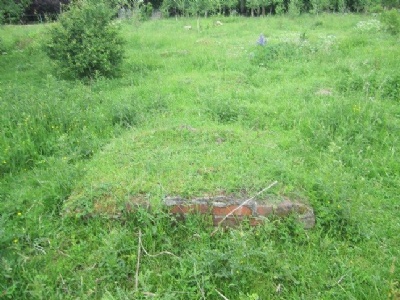
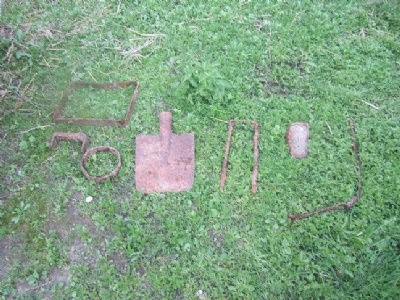
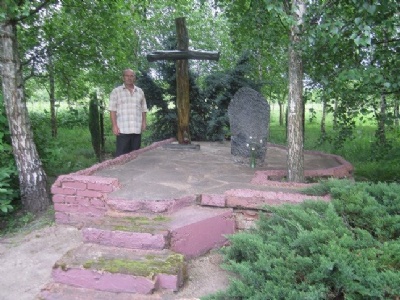
Knowledge of Heiligenbeil is extremely deficient, as is the case with virtually all the camps established on Soviet soil, especially the smaller camps that only existed for a short period. The layout of the camp and what function each barrack had is not known. But in 2010, the memoirs of one of only 18 prisoners who survived the Death march were published, which meant that Heiligenbeil was brought to light. Of the camp itself, only a few ruins remain, scattered throughout a pasture. The Camp is also located on private land.
My visit was preceded by contact with the landowner and when I was there the landowner showed me the monument that he had built on his own initiative on the site. He had built the monument out of bricks that he found in the former camp area. These he in all simplicity walled together and placed a cross of wood on top. The cross itself is a bit misleading considering that the prisoners were Jews. The landowner also showed us the tools and other equipment he had found on the former camp site. I asked him (via interpreter) if he would not contact the museum in Stutthof about his findings because I think they would be interested. But he told me that he had no intention doing so. He was just glad and proud what he had done and wanted it to stay that way. Although I think the Stutthof museum would be very intressting in his findings and the site. But one have to respect his decision about this.